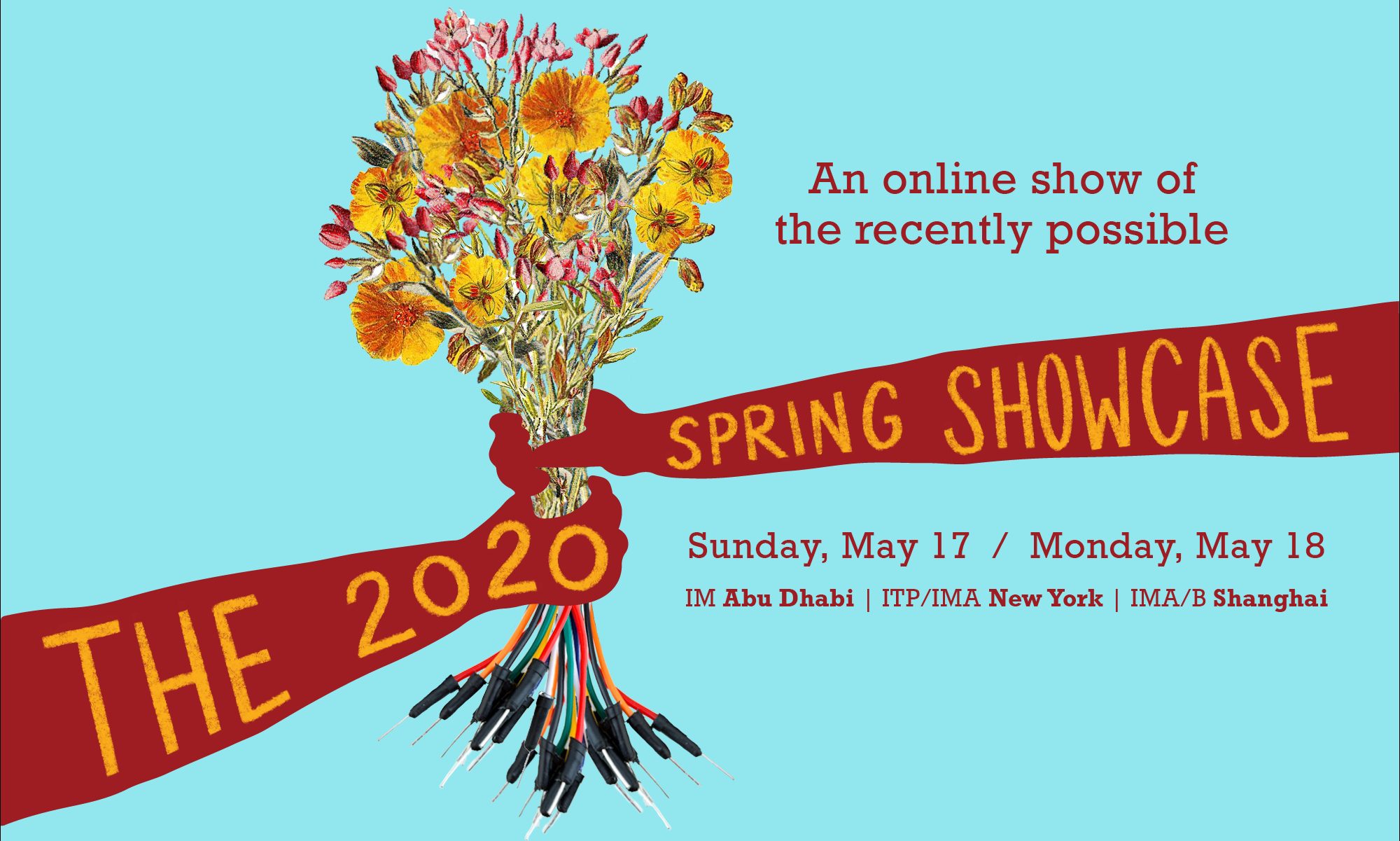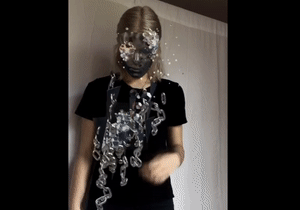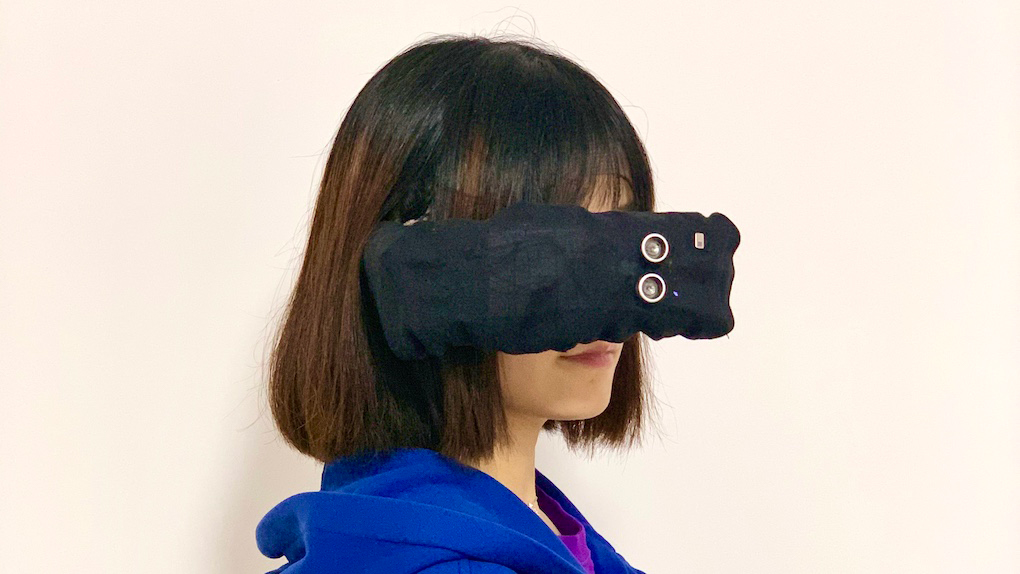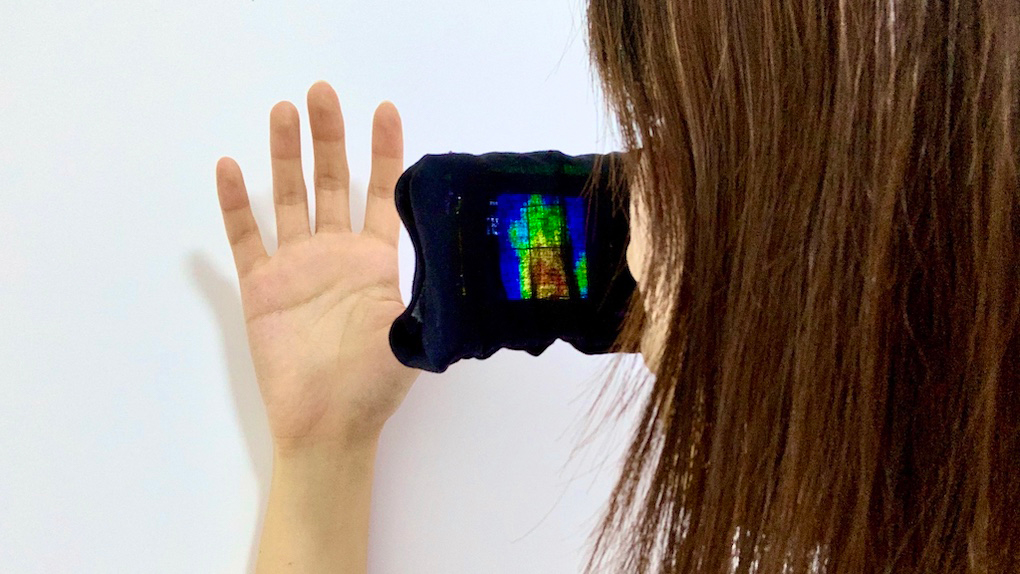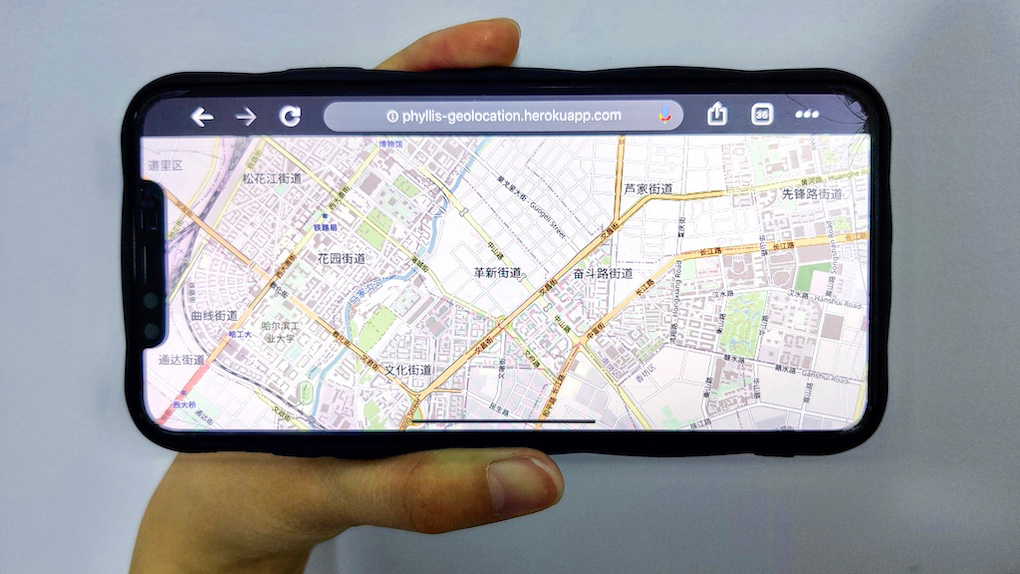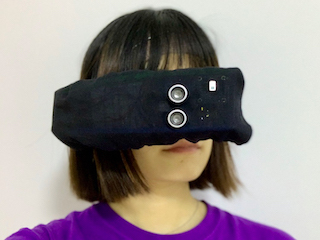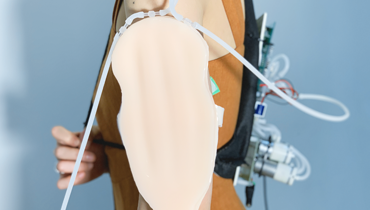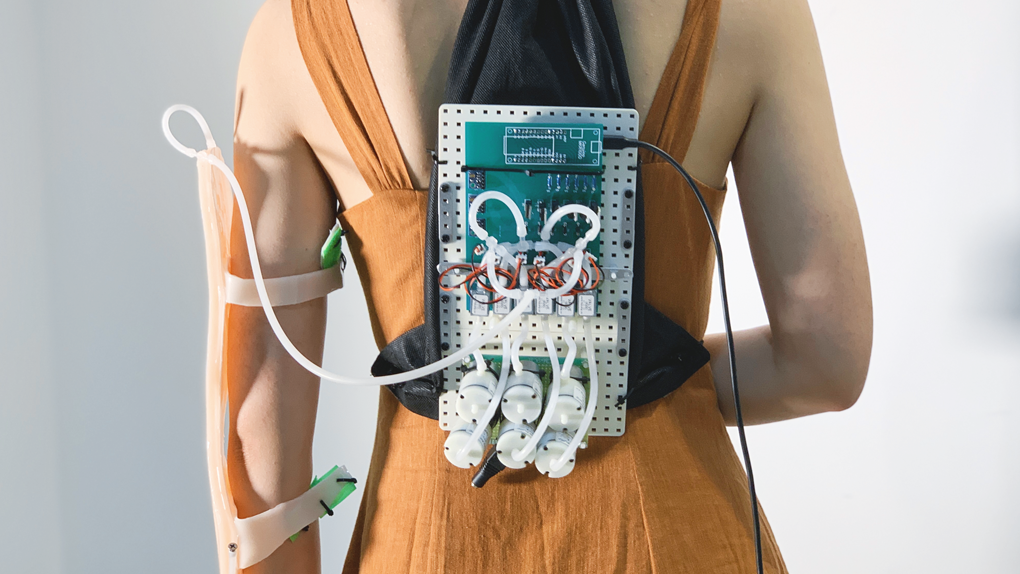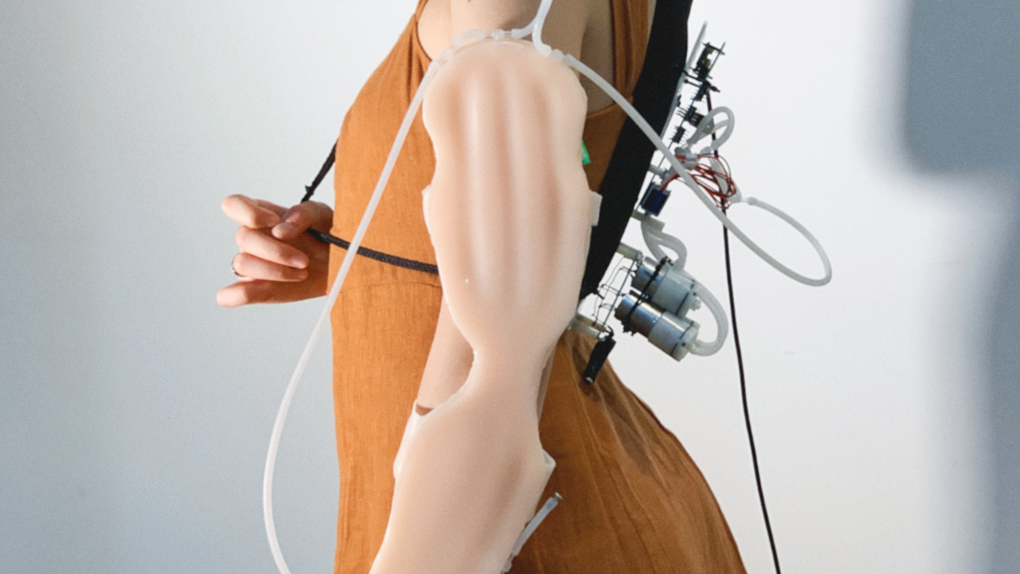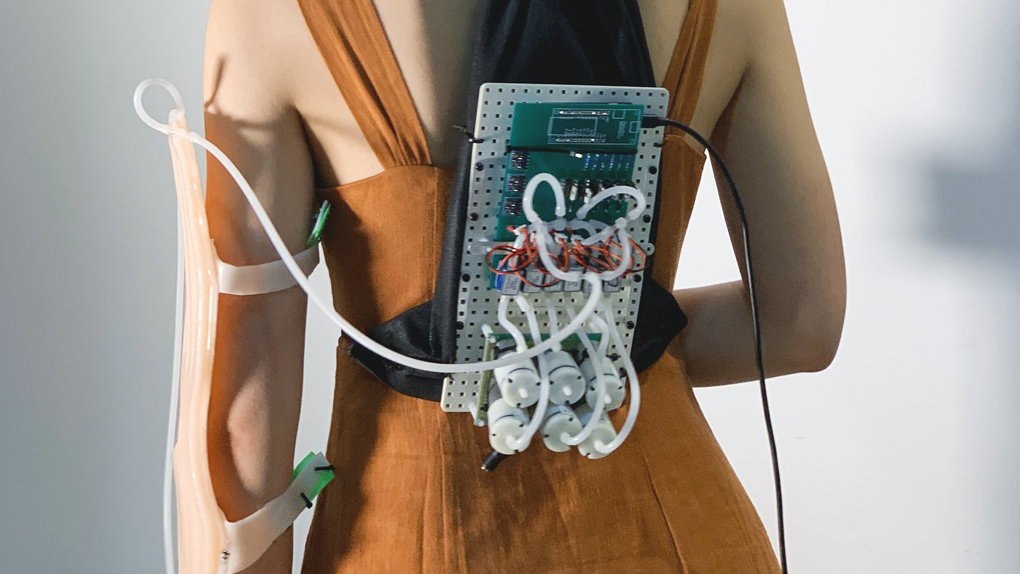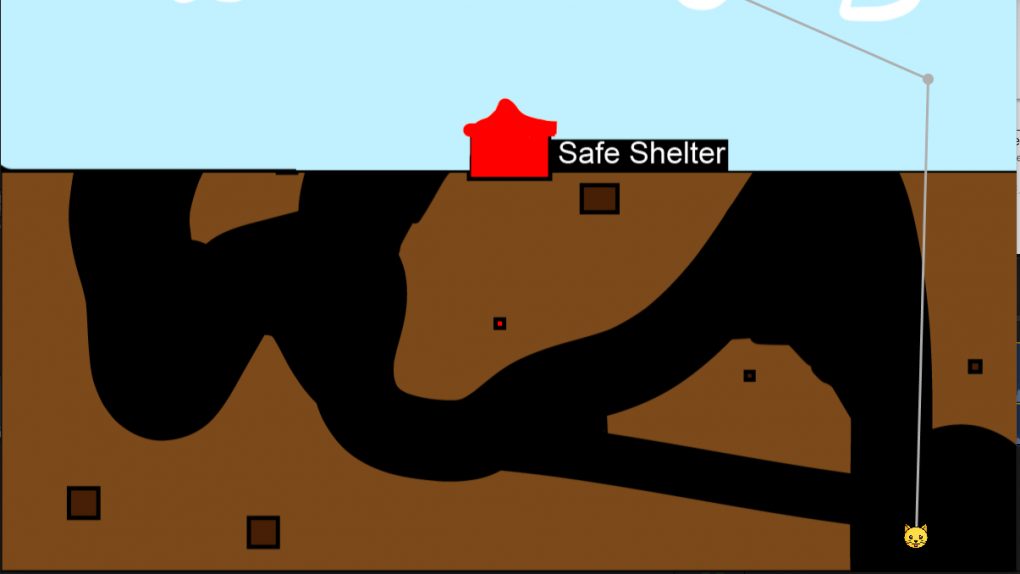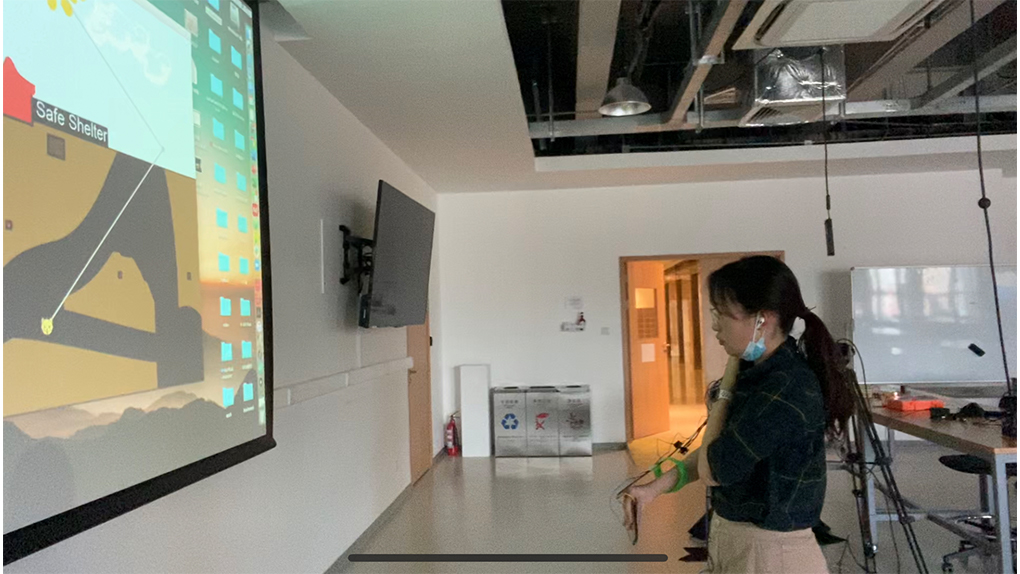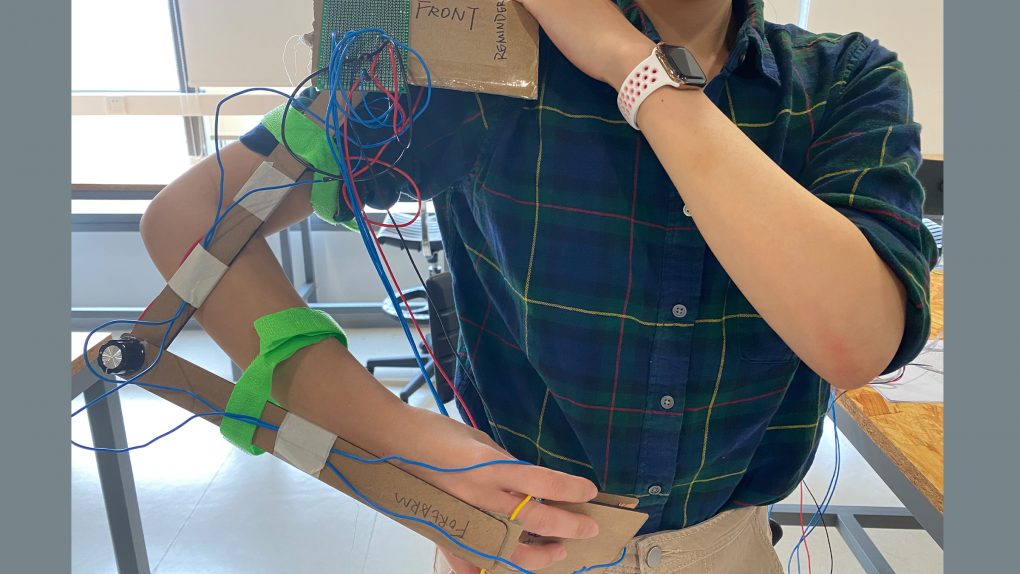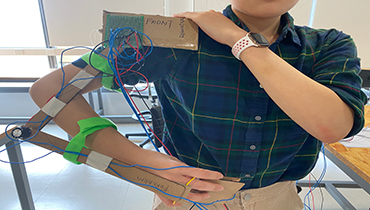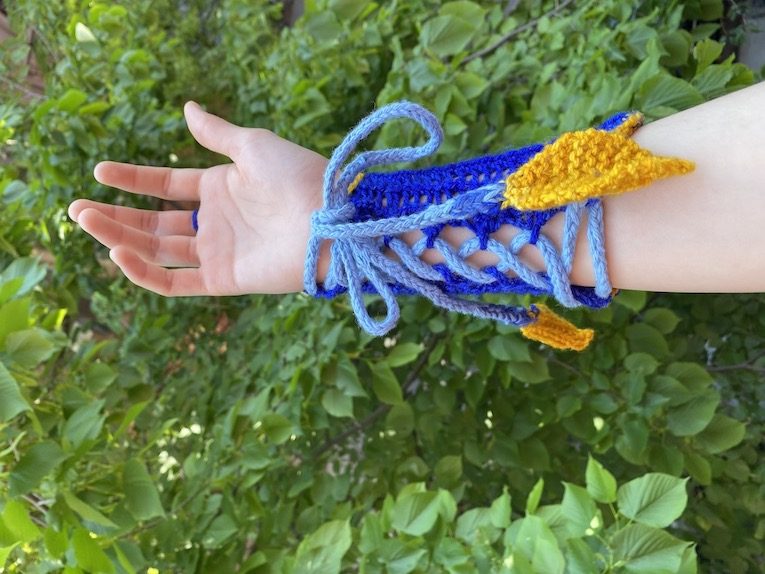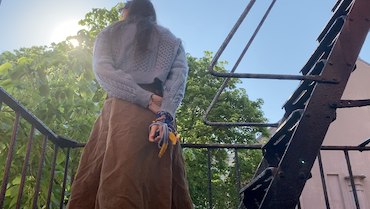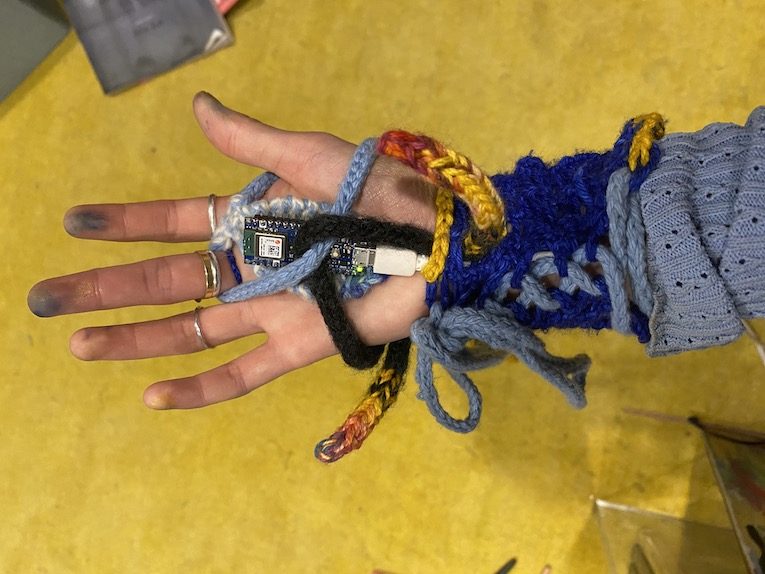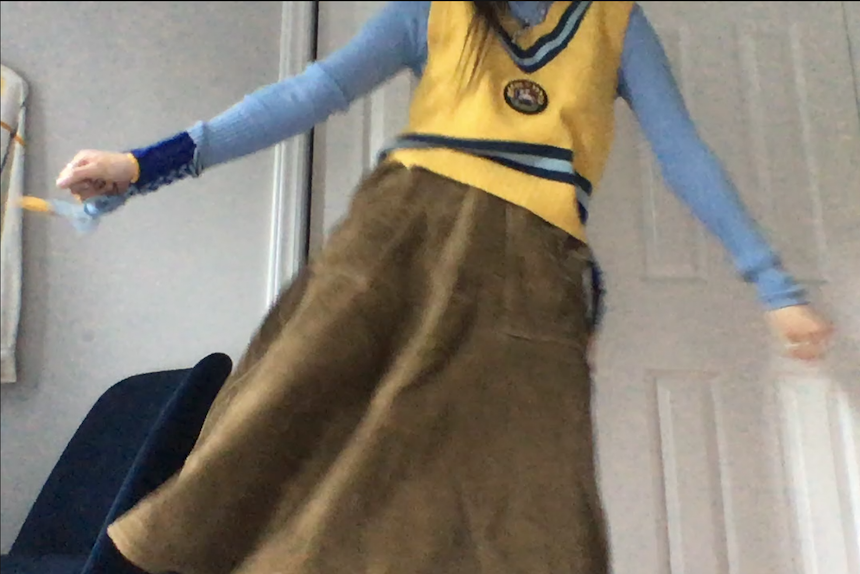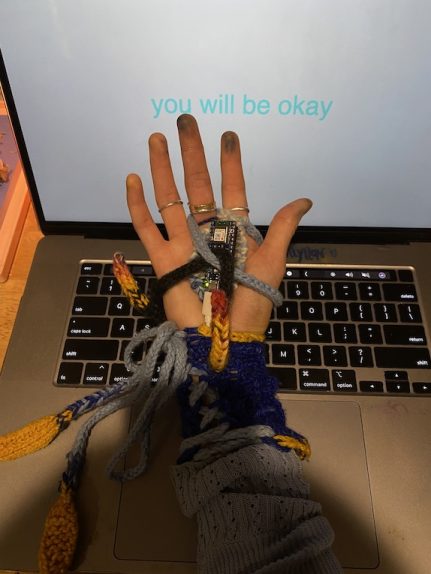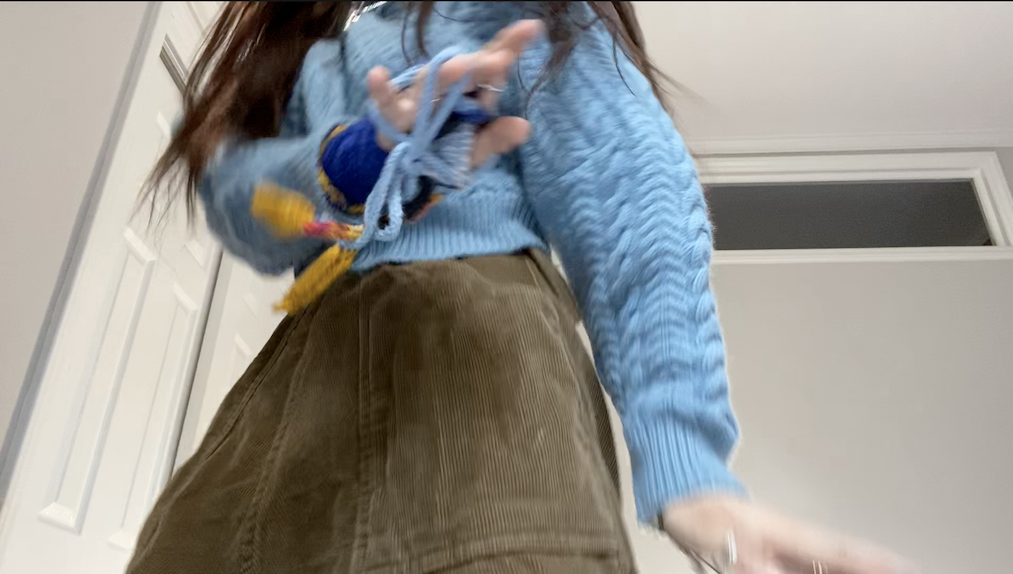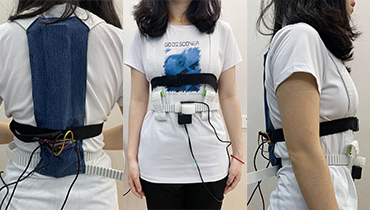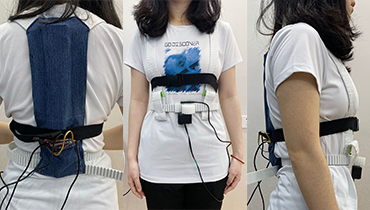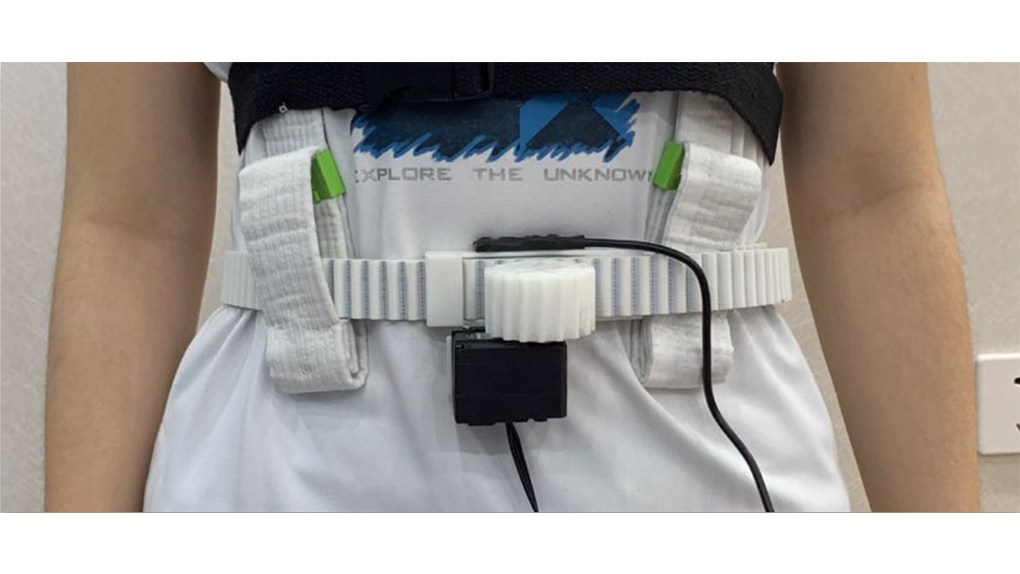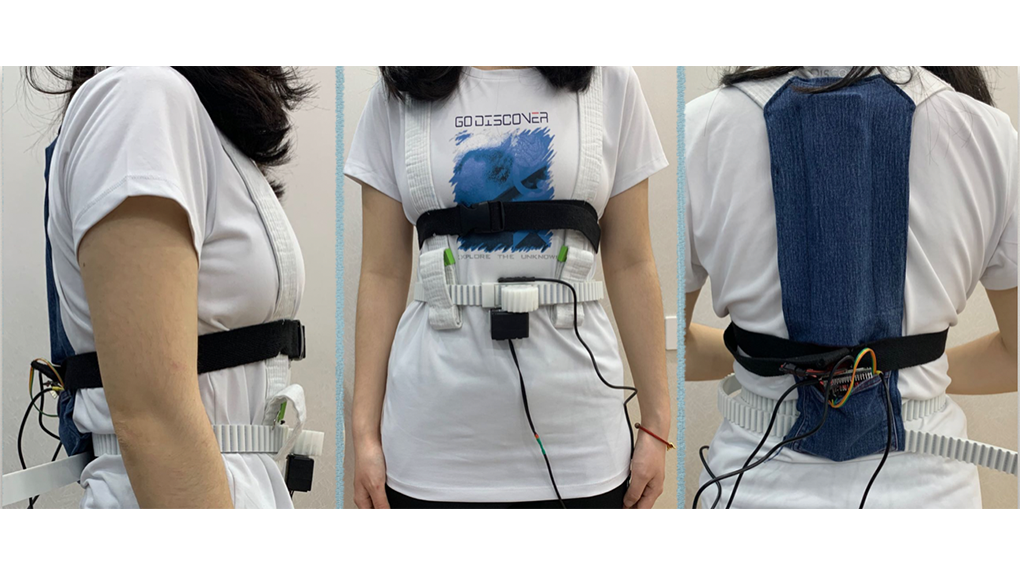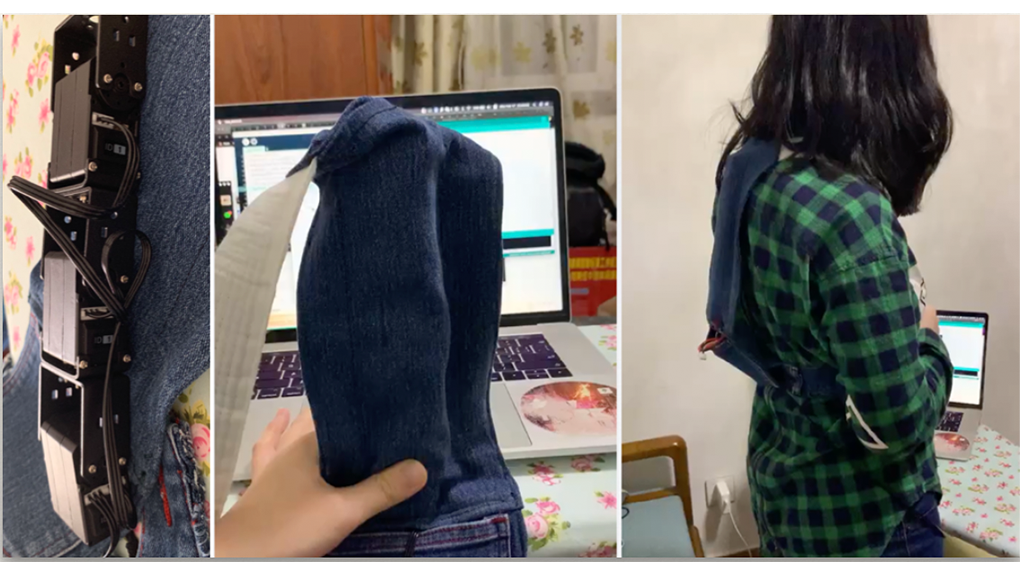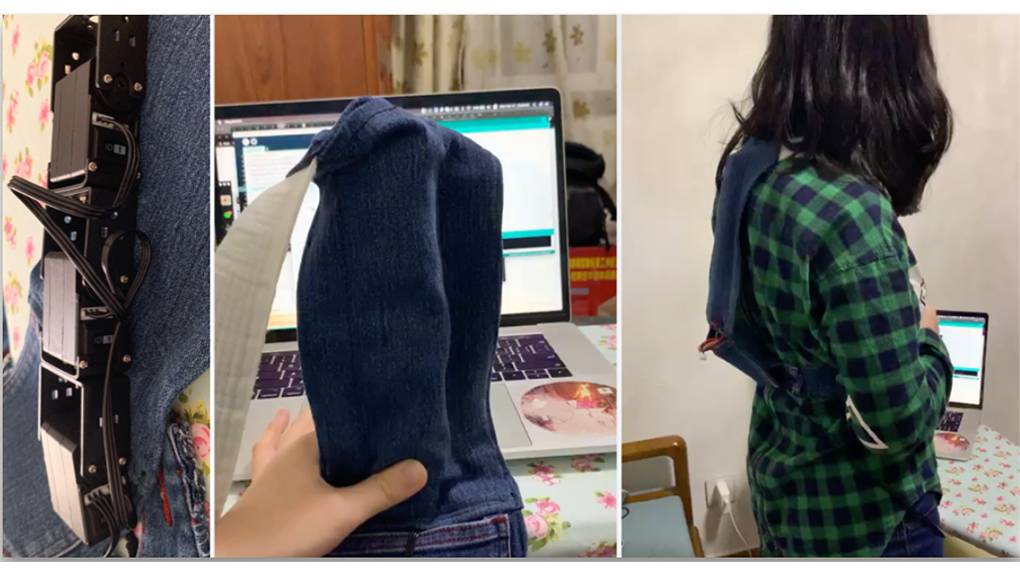A system of configurable fabric patches and AR filters used to create mixed reality apparel for photos/videos of users.
Kat Vlasova
Description
ARCouture is a system of configurable fabric patches and Instagram AR filters used to create mixed reality apparel for photos/videos of users.
It functions in the following way:
The user gets a cloth base that can be sewn onto their clothing to which they then can attach different asymmetrical patches.These patches serve as AR image trackers which trigger different Instagram AR effects to appear over the user’s body based on the patch design that the camera has scanned.
When the user wants to wear a different design on their clothing, they also get a different AR overlay by using the corresponding Instagram filter and scanning the new patch design.
The main purpose of this project was to develop a product that has a tangible component that is directly linked to the user’s online presence, leverages the visual possibilities of 3 dimensional augmented reality design, and allows the user to wear multiple looks without the environmental cost of buying fast fashion frequently.
